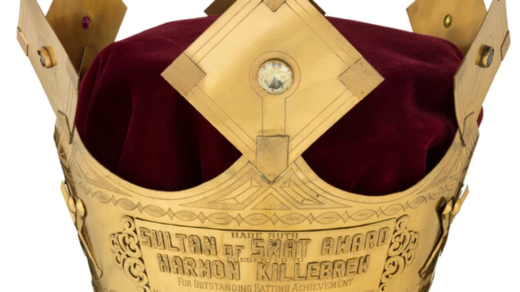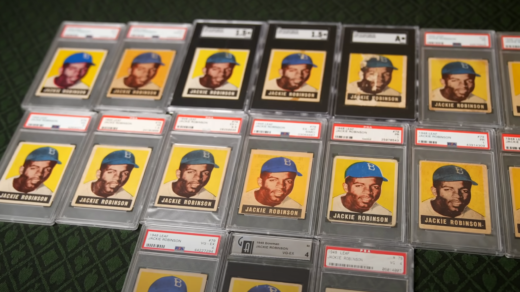In the fast-paced world of sports memorabilia, the market for modern sports cards can often be a wild roller coaster ride, with prices soaring one moment and crashing the next. Amidst this volatile landscape, vintage sports cards have emerged as a safe haven for collectors and investors. With their scarcity, historical significance, and track record of retaining and increasing in value, vintage cards provide stability in what many consider to be a bubble market for their modern counterparts.
The allure of vintage cards goes beyond nostalgia; it is rooted in their rarity and the stories they represent. Unlike modern sports cards, which are mass-produced and widely available, vintage cards come from an era of limited prints and fewer collectors, making them inherently rarer. This scarcity is a significant factor in their ability to hold their value and often appreciate over time, even when the market for newer cards experiences volatility.
Furthermore, vintage sports cards are much more than just pieces of cardboard with athlete images on them; they are tangible pieces of sports history. Collectors are not simply purchasing a card; they are investing in a story, a legacy that is encapsulated within each piece. Cards like Babe Ruth’s 1933 Goudey or Mickey Mantle’s 1952 Topps carry the weight of sports lore, resonating with collectors on a level that goes beyond standard supply and demand metrics.
The investment case for vintage cards is further bolstered by their track record. Even during downturns in the overall sports card market, vintage cards have proven their resilience. Their prices not only remain stable but often continue to climb, delivering solid returns for collectors who had the foresight to invest in them.
In contrast, the modern sports card market has been marked by a boom-and-bust cycle, driven by speculative buying and the constant influx of new players and card prints. The hype and potential for quick profits in the modern market have contributed to what some see as a bubble, one that could burst and devalue recently popular cards.
For investors and collectors who are wary of these market dynamics, vintage cards offer a safe harbor. The vintage card market benefits from a dedicated community of long-term collectors who prioritize the historical and sentimental value of these cards over short-term gains. This commitment helps stabilize the market and maintain a healthy demand for vintage cards.
Additionally, vintage cards benefit from a well-established grading system that ensures their authenticity and condition. Organizations like the Professional Sports Authenticator (PSA) provide grading services that are widely respected in the industry, providing collectors with confidence in their purchases and adding another layer of security for investors.
In conclusion, while modern sports cards may offer the excitement of quick gains, they also come with significant risks in a market that many perceive to be overvalued. Vintage cards, however, represent the foundation of the sports card collecting hobby. They are the blue-chip stocks of the collectibles world, likely to hold their value or appreciate even when newer cards falter. For those looking to invest in sports cards, vintage is the best play, combining the joy of collecting with the prudence of a sound investment strategy.




